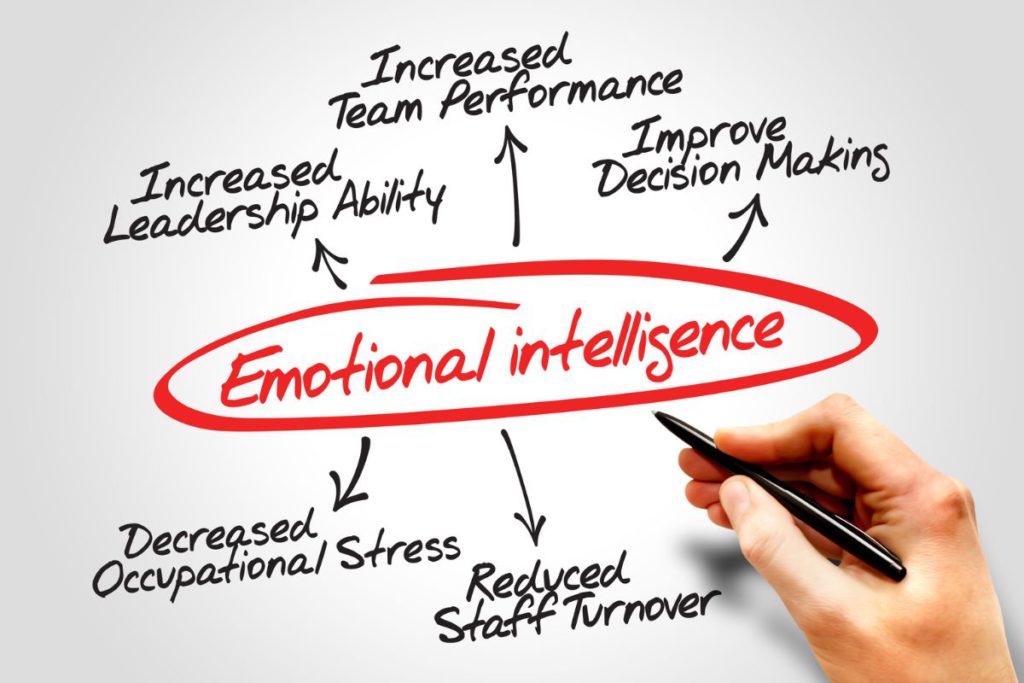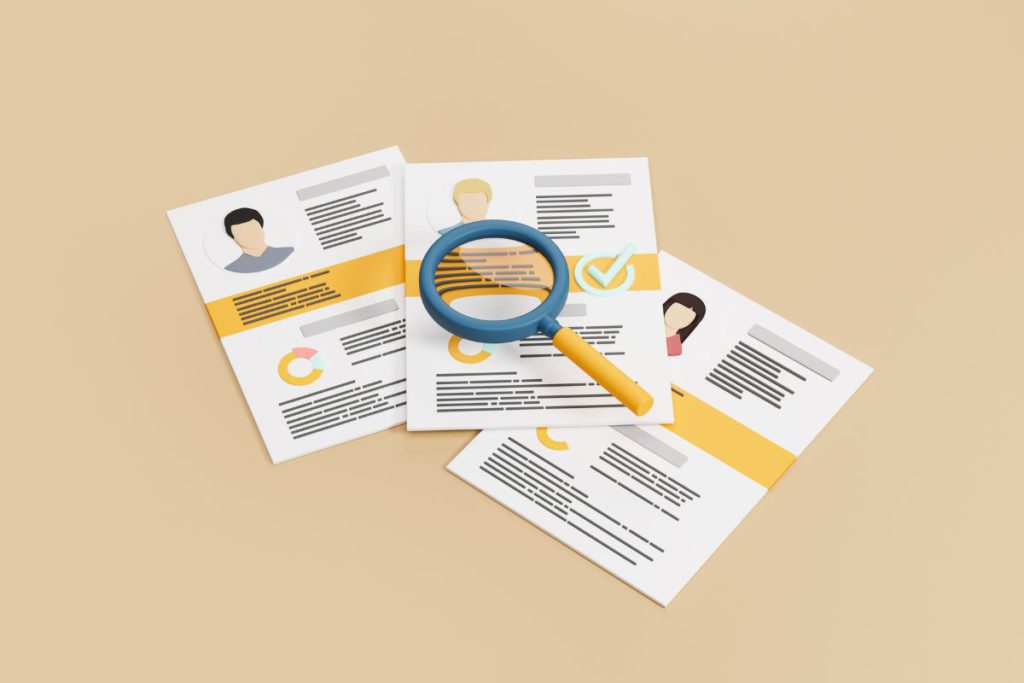In today’s fast-paced job market, making informed career decisions is more crucial than ever. But how can you be sure you’re making the right choices? Enter data analytics – your secret weapon for navigating the complex world of career planning. In this guide, we’ll explore how to use data to supercharge your career decisions, whether you’re just starting or looking to make a mid-career shift.
Why Data Analytics Matters in Career Planning

Before we dive into the nitty-gritty, let’s talk about why data analytics is a game-changer for your career:
- Objective insights: Data doesn’t lie. It provides unbiased information to help you make decisions.
- Trend identification: Spot emerging career opportunities before they become mainstream.
- Salary optimization: Understand your actual market value and negotiate better.
- Skill gap analysis: Identify which skills you need to develop for future success.
Now, let’s explore how you can put data analytics to work for your career!
Gathering Career-Related Data

The first step in leveraging data analytics is collecting relevant information. Here are some key sources:
1. Job Boards and Career Websites
Websites like Indeed, LinkedIn, and Glassdoor are goldmines of career data. They offer insights into:
- Job titles and descriptions
- Required skills and qualifications
- Salary ranges
- Company reviews
Pro Tip: Use these sites’ advanced search features to filter jobs by location, experience level, and industry.
2. Professional Networks
Your professional network is a valuable source of qualitative data. Reach out to colleagues, mentors, and industry professionals to gather insights on:
- Career paths
- Industry trends
- Company cultures
- Day-to-day job responsibilities
3. Government Labor Statistics
Government websites like the Bureau of Labor Statistics (BLS) provide comprehensive data on:
- Employment projections
- Wage data
- Industry growth rates
Example: According to the BLS, the employment of data scientists is projected to grow 36% from 2021 to 2031, much faster than the average for all occupations.
4. Educational Institutions
Universities and online learning platforms offer data on:
- Popular courses and programs
- Graduation rates
- Post-graduation employment statistics
Analyzing the Data: Tools and Techniques

Now that you’ve gathered data, it’s time to analyze it. Here are some tools and techniques to help you make sense of the information:
1. Spreadsheet Software
Programs like Microsoft Excel or Google Sheets are perfect for beginners. Use them to:
- Create pivot tables to summarize job posting data
- Calculate average salaries for different roles
- Chart industry growth trends
Example: Let’s say you’ve collected data on 100 job postings for marketing managers. You can use a pivot table to see the most frequently required skills quickly:
Skill Frequency
Digital Marketing 85
SEO 72
Content Strategy 68
Data Analysis 63
Social Media 59
This analysis shows that marketing managers highly value digital marketing and SEO skills.
2. Data Visualization Tools
Tools like Tableau or PowerBI can help you create compelling visualizations of your career data. Use these to:
- Create heat maps of job opportunities by location
- Visualize salary ranges across different industries
- Track the growth of specific skills over time
3. Python for Data Analysis
For those comfortable with coding, Python is an excellent tool for more advanced data analysis. Libraries like Pandas and Matplotlib allow you to:
- Scrape job postings for large-scale analysis
- Perform complex statistical analyses on salary data
- Create custom visualizations of career trends
Example: Here’s a simple Python script to calculate the average Salary from a list of job postings:
Python
import pandas as PD
# Assuming you have a CSV file with job data
job_data = pd.read_csv(‘job_postings.csv’)
average_salary = job_data[‘salary’].mean()
print(f”The average salary is ${average_salary:.2f}”)
Applying Data Insights to Your Career Decisions

Now that you’ve analyzed the data, it’s time to implement those insights. Here’s how you can apply data analytics to everyday career decisions:
1. Choosing a Career Path
Use your data analysis to identify the following:
- Fast-growing industries
- Emerging job titles
- Skills in high demand
Example: If your data shows a surge in demand for blockchain developers, with an average salary 30% higher than that of other software development roles, you might consider specializing in this area.
2. Salary Negotiation
Arm yourself with data to negotiate better:
- Know the salary range for your role in your location
- Understand how your skills compare to the market average
- Identify which skills command premium pay
Calculation: If the average Salary for your role is $70,000, but your analysis shows that professionals with a specific certification earn 15% more on average, you can calculate your target salary:
$70,000 * 1.15 = $80,500
Use this figure as a starting point in your negotiations.
3. Skill Development
Prioritize learning based on data:
- Focus on skills mentioned most frequently in job postings
- Invest in certifications that show the highest salary increases
- Learn technologies with growing adoption rates
Example: If your analysis shows that mentioning “machine learning” in a data analyst’s resume correlates with a 25% higher salary, it might be worth investing time in a machine learning course.
4. Job Search Strategy
Optimize your job search using data insights:
- Target companies in industries with optimistic growth projections
- Tailor your resume to include high-demand keywords
- Focus your search on locations with the best salary-to-cost-of-living ratio
Calculation: To compare job markets, calculate the adjusted Salary for different cities:
Adjusted Salary = Offered Salary / Cost of Living Index
For example:
- Job A in New York: $100,000 / 1.8 (high cost of living) = $55,556
- Job B in Austin: $85,000 / 1.2 (lower cost of living) = $70,833
In this case, the job in Austin provides better value despite the lower nominal Salary.
Challenges and Limitations of Data-Driven Career Decisions

While data analytics is powerful, it’s important to recognize its limitations:
- Data quality: Not all data sources are equally reliable. Always verify the credibility of your sources.
- Lag in data: Some datasets might need to reflect the most current trends, especially in fast-moving industries.
- Personal factors: Data can’t account for personal preferences, work-life balance needs, or cultural fit.
- Overreliance on quantitative data: Pay attention to qualitative factors like job satisfaction and company culture.
Balancing Data with Intuition
Balancing data-driven insights with your personal goals and intuition is the key to effective career decision-making. Here’s how:
- Use data as a starting point, not the final word
- Combine quantitative analysis with informational interviews and personal research
- Consider your long-term career goals when interpreting short-term data trends
- Trust your gut feeling if a data-driven decision doesn’t feel right
Conclusion: Empower Your Career with Data

Leveraging data analytics for career decision-making isn’t just for data scientists – it’s a powerful tool anyone can use to navigate their professional journey. By gathering relevant data, analyzing it effectively, and applying those insights to your career choices, you’re setting yourself up for long-term success.
Remember, the goal isn’t to let data make decisions for you but to provide the information you need to make smarter choices. So start collecting that data, fire up those spreadsheets, and take control of your career path!
Are you ready to become a data-driven professional? Share your thoughts and experiences in the comments below, and let’s continue this conversation on how we can all make better career decisions through the power of data analytics.
























